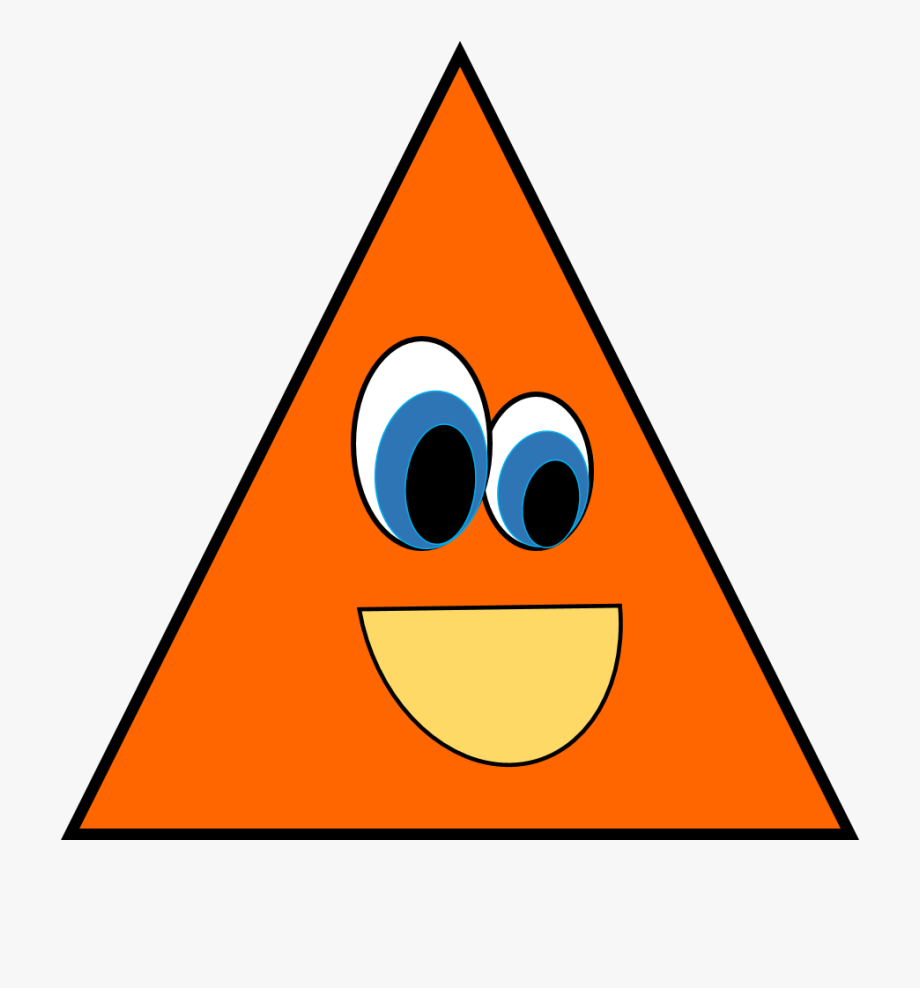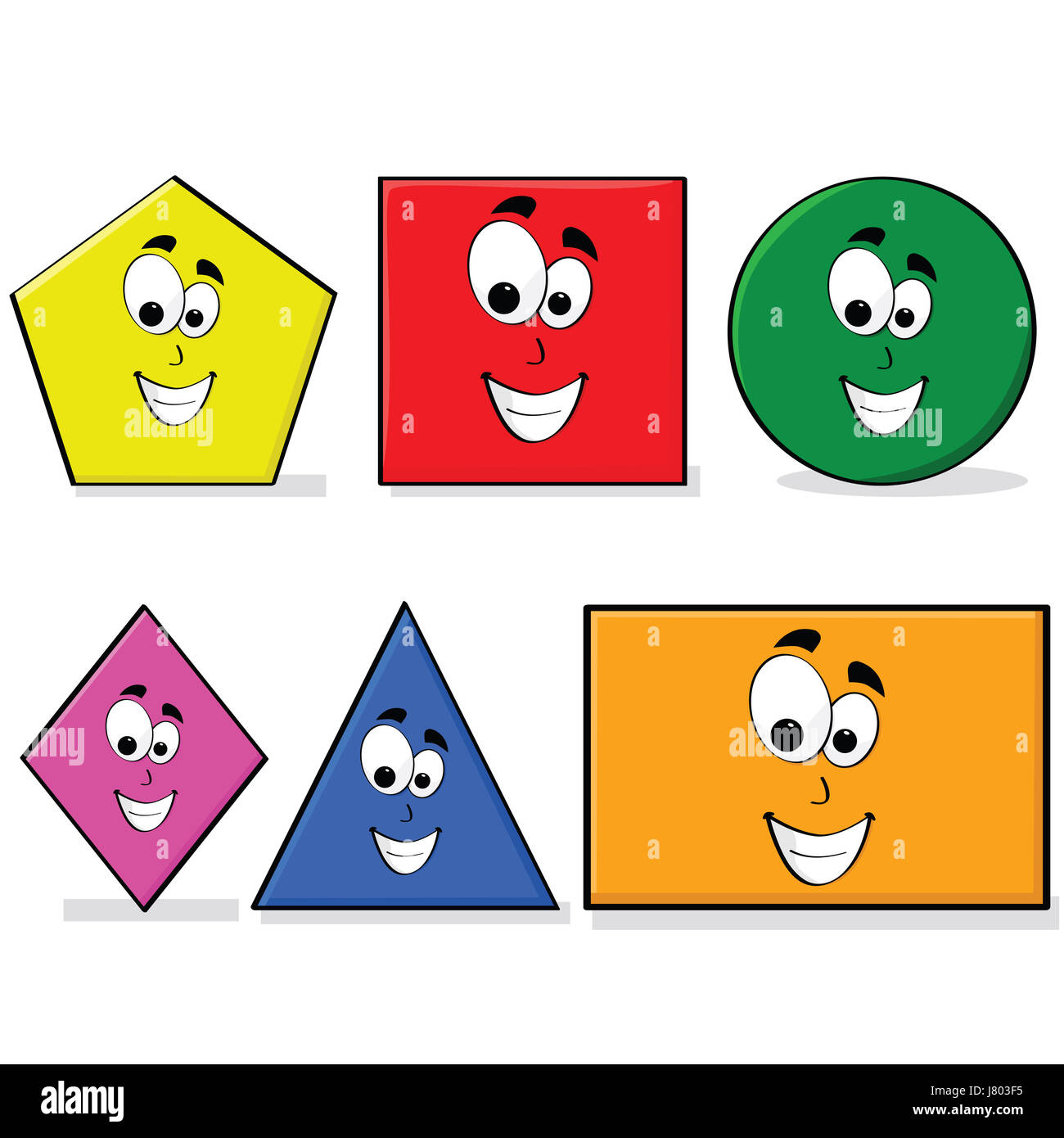
Traditional methods include the use of written narratives (e.g., Happé, 1994 Stone, Baron-Cohen, & Knight, 1998) and images of facial expressions (e.g., Baron-Cohen, Wheelwright, Hill, Raste, & Plumb, 2001).

One challenge of research in social intelligence among neurotypical adults is invoking mental state attributions in a suitable way for this population. Despite these indications, much of the research to date has focused on understanding impairments among individuals with clinical diagnoses such as autism spectrum disorder (ASD) and schizophrenia ( Chung, Barch, & Strube, 2014 Sprong, Schothorst, Vos, Hox, & Van Engeland, 2007), with few studies focusing on samples of typically functioning adults. Its importance has been illustrated in many areas, including studies on social cooperativeness ( Paal & Bereczkei, 2007), size of one’s social network ( Stiller & Dunbar, 2007), and leadership ( Zaccaro, Green, Dubrow, & Kolze, 2018), just to name a few. This set of skills has been referred to as social intelligence ( Marlowe, 1986), mentalizing ( Frith & Frith, 2003), or Theory of Mind (ToM Premack & Woodruff, 1978). The ability to interpret others’ mental states allows us to navigate the complex world of social behavior by making sense of others’ behaviors, interpreting subtle social cues, and making inferences about what other people may be thinking.

Nearly every social interaction we engage in relies on the ability to understand and reason about the thoughts, emotions, and intentions of other people. Our set of animated shape videos is freely available online for all researchers to use and forms the basis of a multiple-choice assessment of social intelligence ( Brown et al., 2019). Participants varied in how many social attributions they made in response, and the videos varied in how much they elicited such responses. We observed that responses to our videos were also similar to responses to the original video reported by Klin (2000), despite being only 13–23 s and portraying a broader range of social plots. Consistent with Heider and Simmel, we found that participants spontaneously attributed social meaning to the videos. Participants ( N = 66) viewed our videos and were asked to write narratives which we coded for indicia of different types of social attributions. We asked whether the original findings could be reproduced 75 years later by creating 32 new colored animated shape videos designed to depict various social plots and testing whether they can evoke similar spontaneous social attributions. However, many researchers in this area have continued to use the original Heider and Simmel black-and-white video. This work has been cited over 3000 times and has had wide and ongoing influence on the study of social cognition and social intelligence.

In 1944, Heider and Simmel reported that observers could perceive simple animated geometric shapes as characters with emotions, intentions, and other social attributes.


 0 kommentar(er)
0 kommentar(er)
